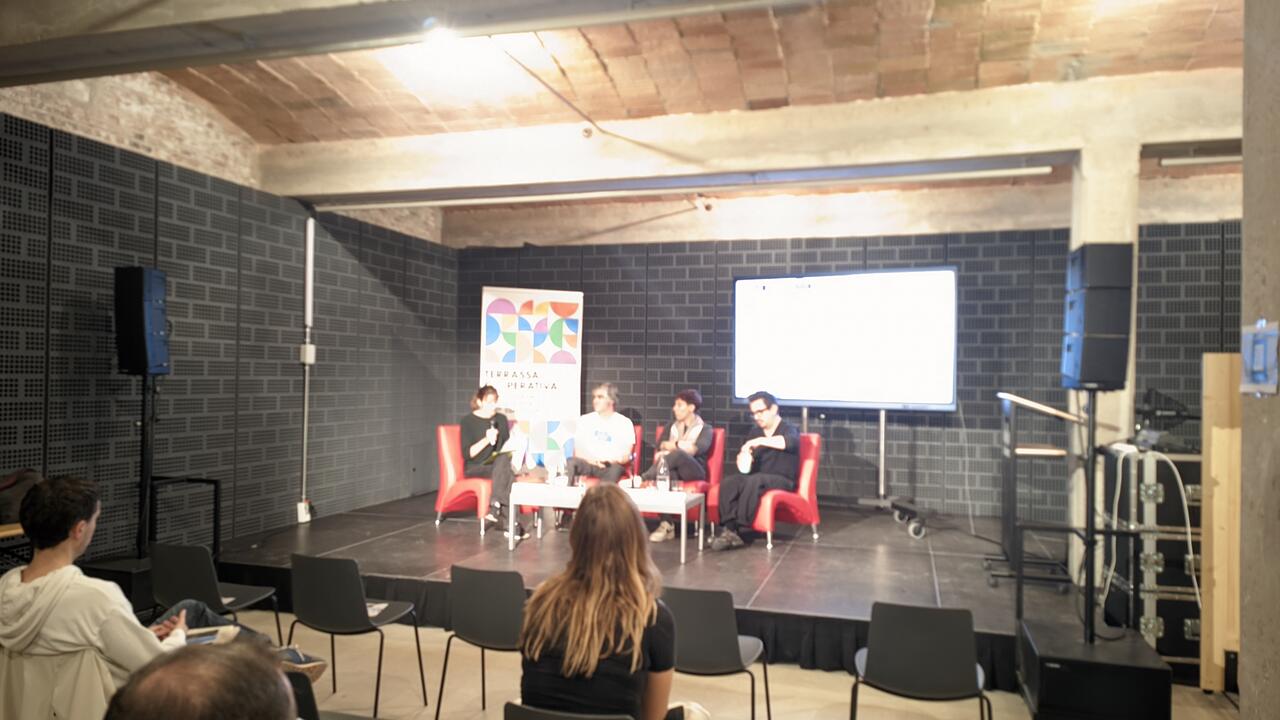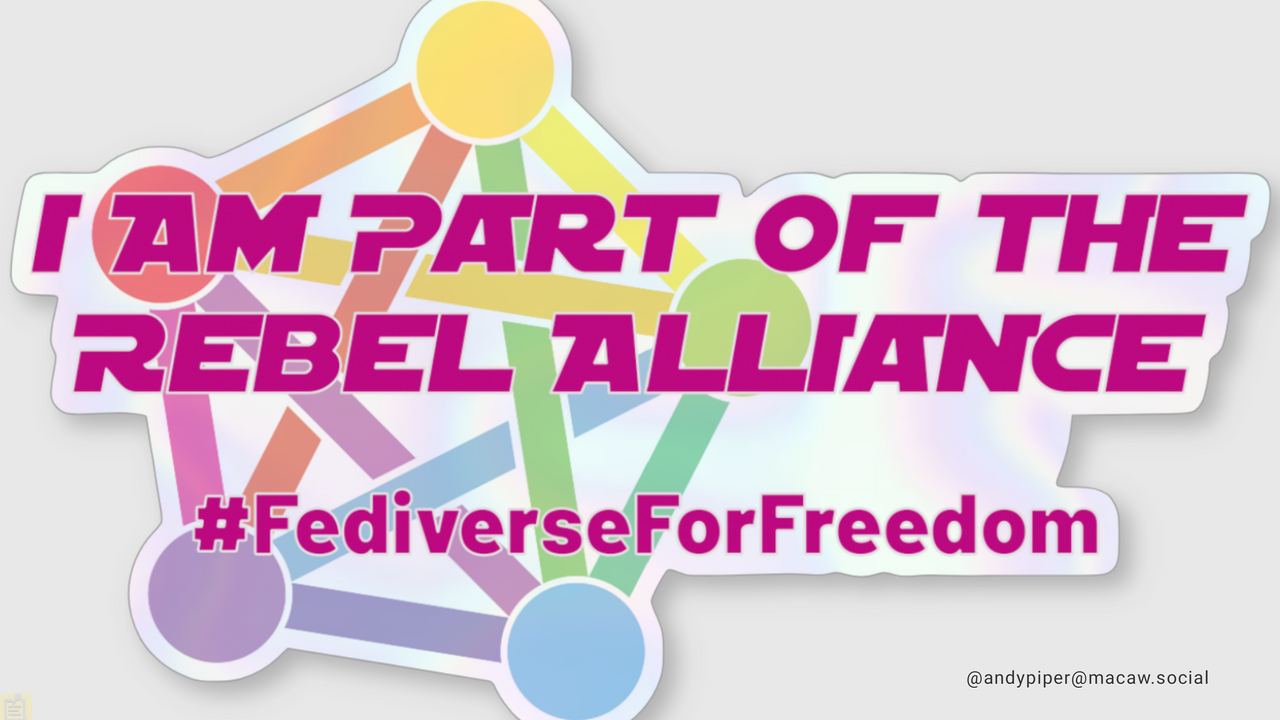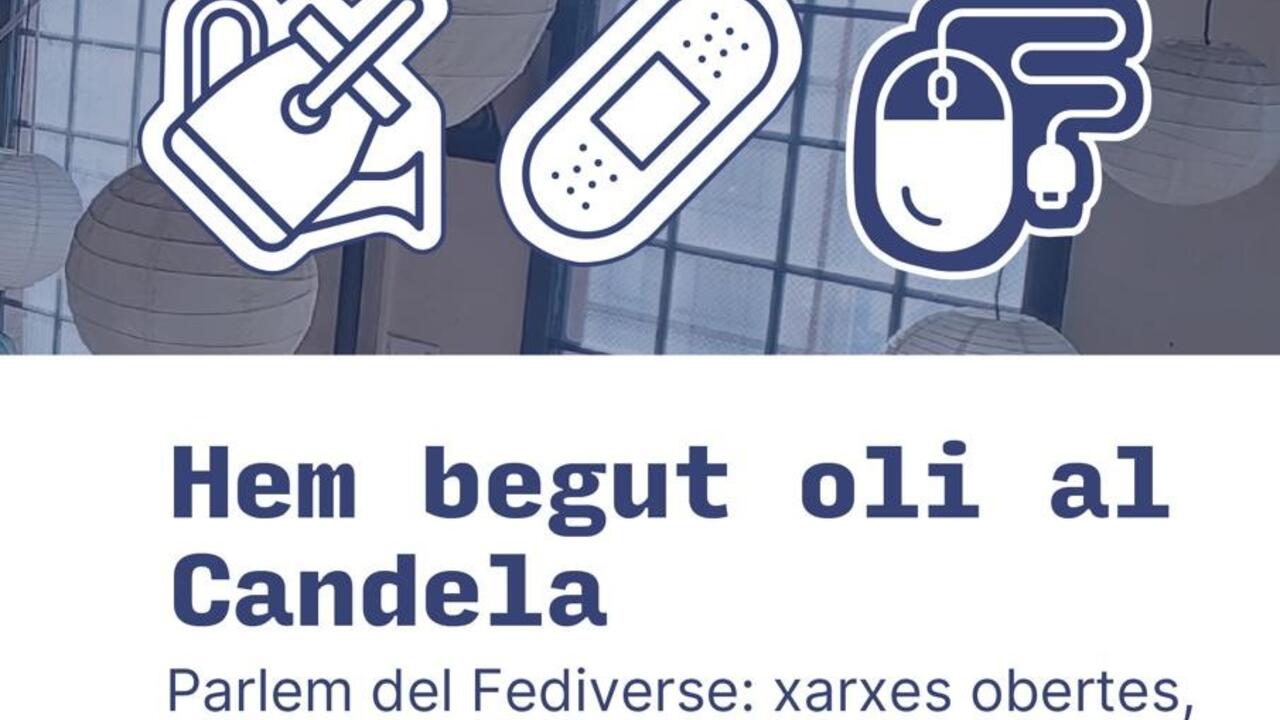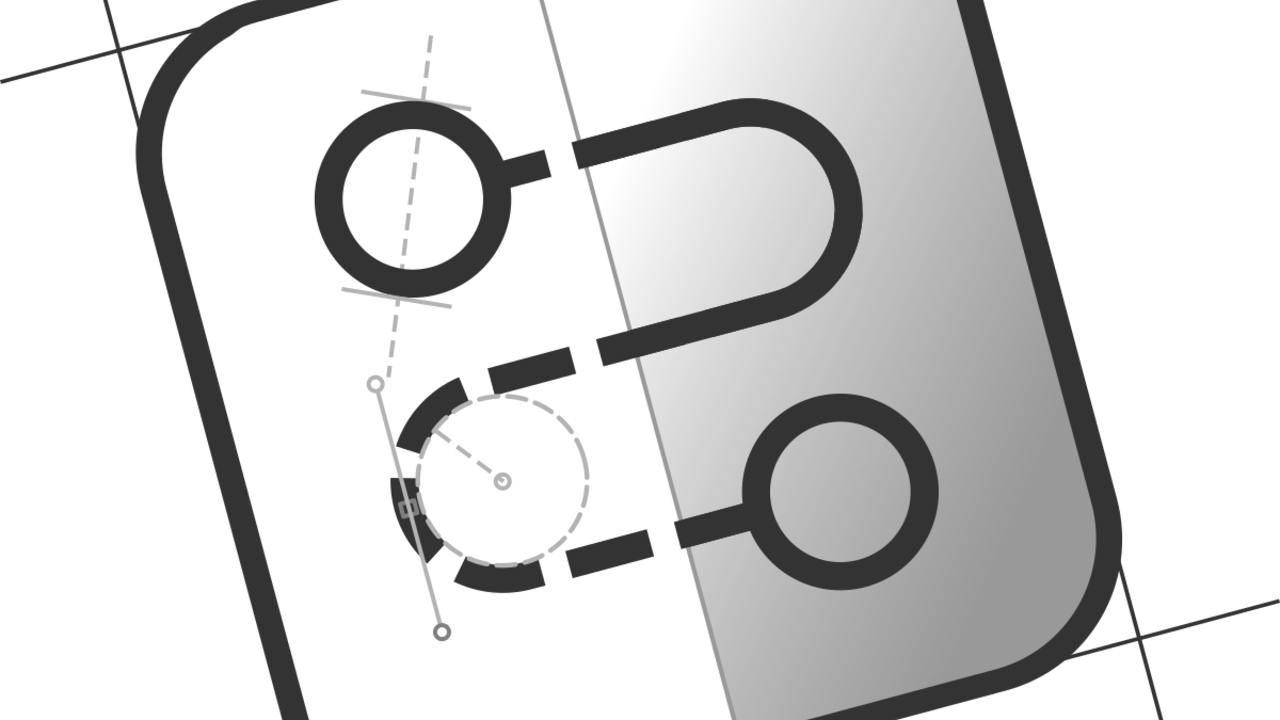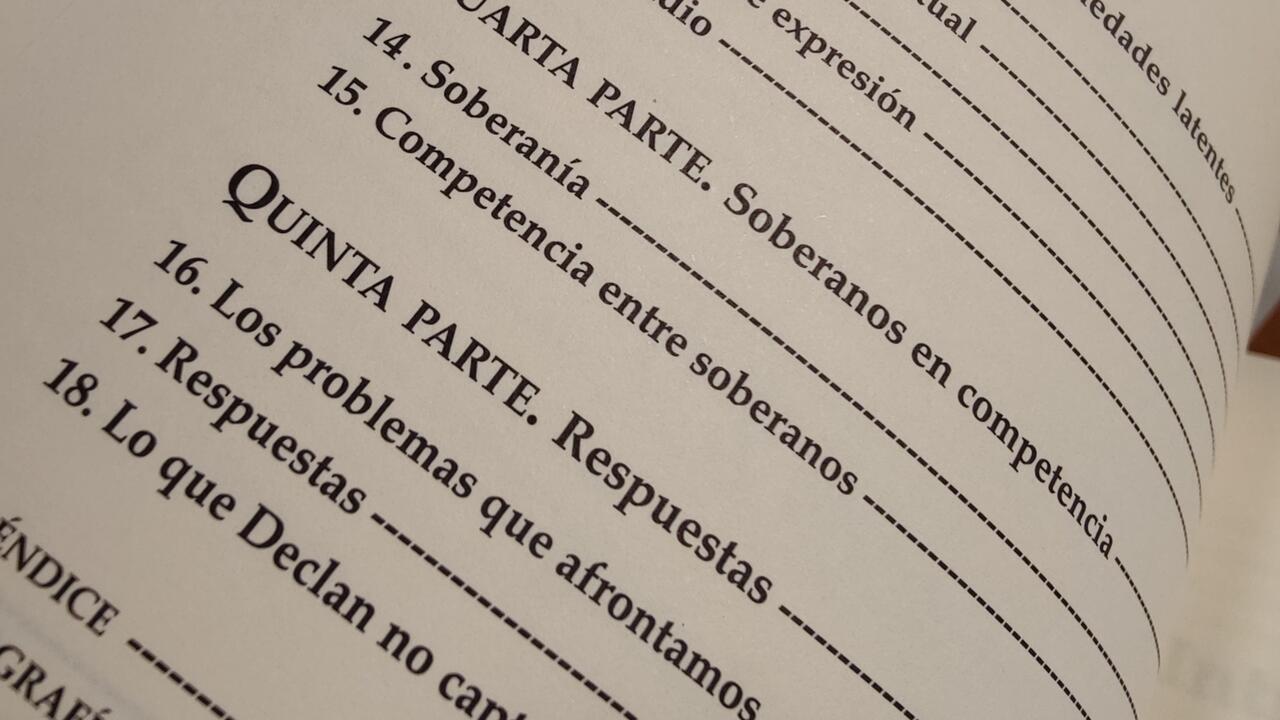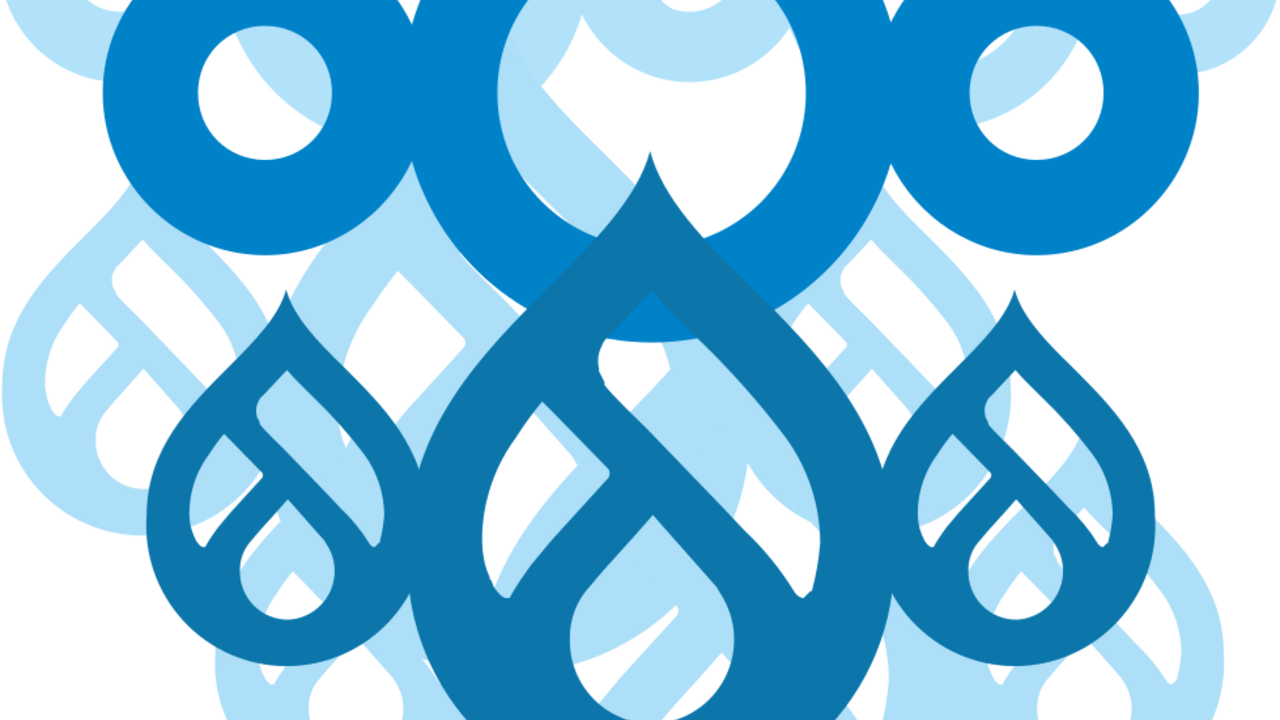Fedivers o com fer xarxes que tinguin valor social (presentació a Terrassa cooperativa)
En el marc de la jornada central de Terrassa Cooperativa.
Cada una de les parts ens ha semblat molt interessant:
- El treball d'enxarxament i de contacte intercooperatiu que ha proposat Tandem Social, pels bons i repartits contactes que hem establert.
- La participació en el nostre taller, amb interessants punts de vista, i creiem que ha generat interès de cara a teixir xarxa.
- I per últim la interessant xerrada molt ben conduïda per la Marta Rosique, i amb les interessants aportacions del David Gómez, la Judith Membrives i l'Efrain Foglia.
Animem a seguir aquesta línia, esperem seguir trobant-nos i que serveixi per definir horitzons comuns. Moltes gràcies al servei tothom qui ha assistit i al i Servei d’Emprenedoria i Economia Social.
Per part nostra, sobre el taller sobre fedivers, adjuntem en aquesta entrada la presentació.
